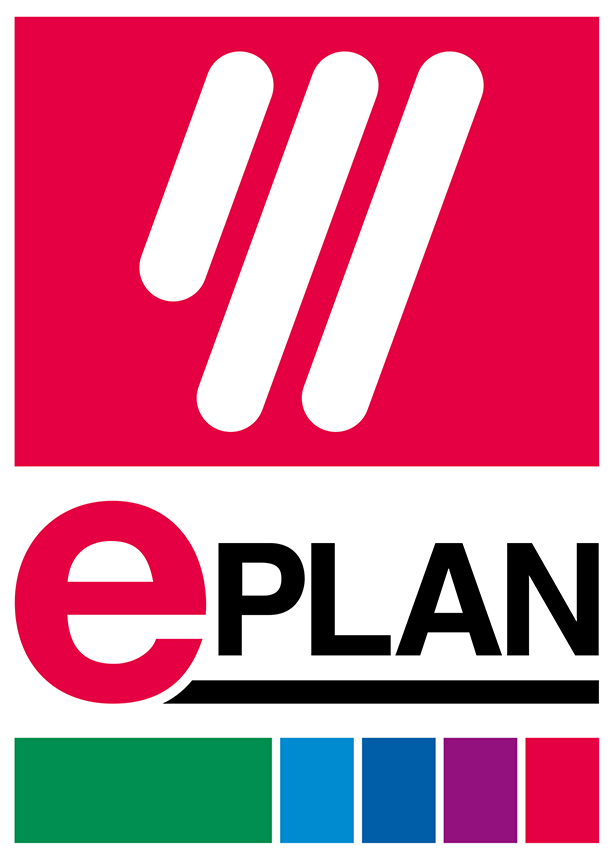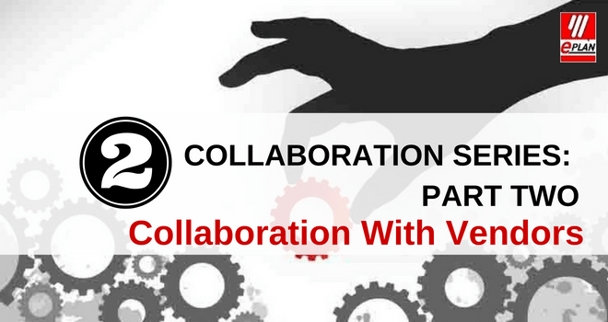A new manufacturing era is quickly advancing upon us. Implementation of next generation Smart Factory technologies are beginning to happen at a faster and faster pace…and moving down the food chain at an astonishing rate. The ability to process large amounts of data, combined with faster processing and computing speeds is changing the way business is done on a global scale. No matter what size the company, technological advances are connecting us personally and professionally, creating tremendous opportunity and challenges. Which brings us to the question, how do you prepare in a thoughtful way?
As we pointed out in our last post looking at the various connecting points both inside and outside your organization is a good place to ask questions about what new protocols can stimulate process improvement. In our last post we looked at collaboration from an internal perspective. This time we are looking at the ways collaboration, and the technology that enables it, are a factor outside of company walls. For this post, we are going to look at how our relationships with our vendors are being influenced by market changes and how those changes can benefit manufacturing.
While it has always been important to maintain good vendor relationships, the way that is executed and the means we have to do it in deeper ways is in the midst of a tidal change. Our connection to our suppliers can be both richer and more impactful on a speed and cost level, which makes the desire to connect more deeply even more palpable from a costs/TCO perspective. More on that in a future post.
Because we are looking at two (or more) businesses working together, it is difficult to describe specific actions with too much detail. What we can look at is basic collaborative functions and how to implement best practices to make any initiative more effective.
SEE ALSO: 8 Ways Effective Partnerships Improve Manufacturing
The first question to ask, “Is this a supplier/partner that I work well with now?” will preclude any further discussion if the answer is no. Even if the answer is not as clear cut, tackling a collaborative project beyond company borders is a tricky thing and you need to feel comfortable with your partner(s) on this.
If you determine that it is something to pursue, you will need some inter-office discussion to take place. Whether you want to begin creating a bridge to your potential partner depends on the urgency of the action. However, your organization needs to address it internally to determine what it wants to get from the project.
Because it may be a relatively new territory for staff to confront, trainings on what collaboration means at this level, and how best to address it, may be in order. Perhaps having one of your team members, or a committee, become the company “expert” on collaboration could provide greater understanding and be an effective way to reward/groom high functioning employees.
Looking at how technology connects us to our vendors in new ways is worth exploring. EPLAN has shown how these alliances can build real innovation with its Data Portal. The EPLAN Data Portal, which is built into the EPLAN Platform, provides online access to valuable device data from numerous component manufacturers. This real time data can then be dragged and dropped into the EPLAN documentation, including 3D prototyping, ensuring that accurate component data is embedded in the foundation of the documentation. Simply adding the components available to the project reduces configuration work and increases the quality of the machine and system documentation.
These are beginning steps in how to explore collaborations across company camps. We will look at further steps in another post. In the next installment of this series, we will look at how our interaction with machines is evolving and what the collaborative opportunities for design and manufacturing can be.






